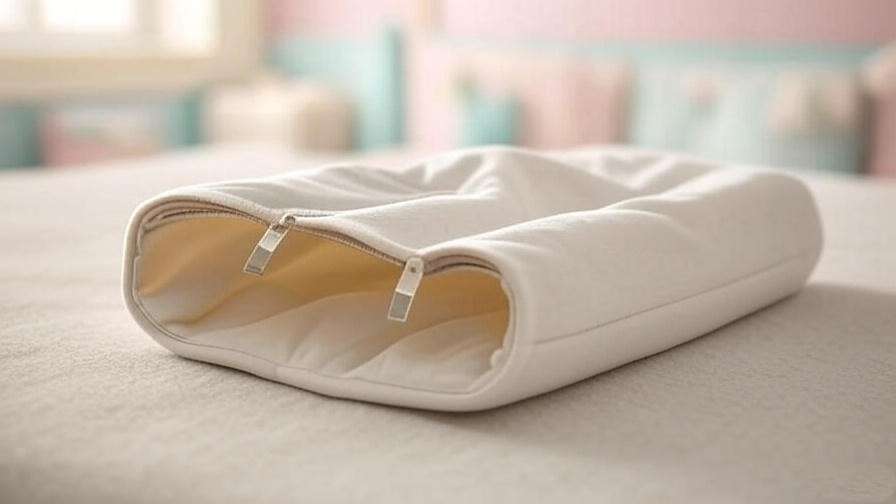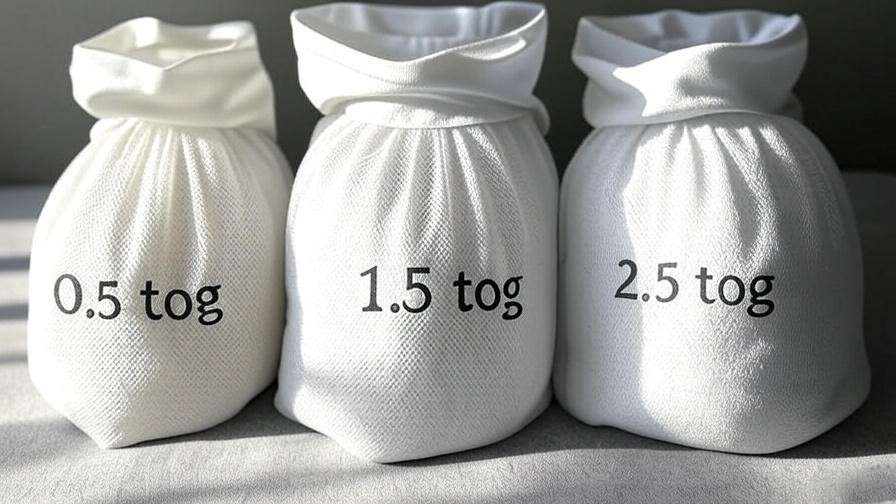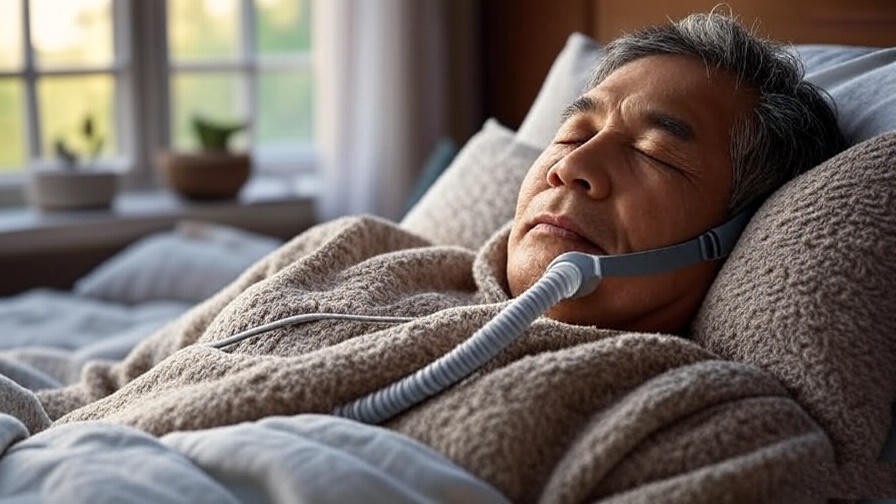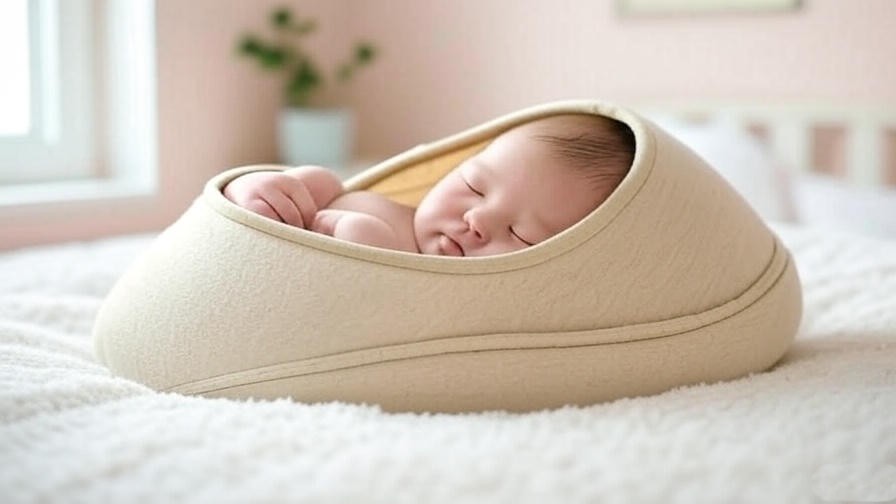Imagine this: It’s 2 a.m., and you’re tiptoeing into your baby’s room, heart racing as you check if they’re warm enough but not too hot. Every parent wants their baby to sleep safely and soundly, but fluctuating temperatures and safety concerns can make it a challenge. Enter the 1.5 tog sleep sack, a game-changer for creating a cozy, secure sleep environment. As a certified pediatric sleep consultant with over a decade of experience helping families achieve restful nights, I’ve seen firsthand how the right sleep sack can transform bedtime. In this comprehensive guide, we’ll explore why a 1.5 tog sleep sack is ideal for your baby, how to choose the best one, and expert tips to ensure safe, restful sleep. Whether you’re a new parent or a seasoned caregiver, this article will empower you with actionable insights to make bedtime worry-free.
What Is a 1.5 Tog Sleep Sack and Why Does It Matter?
Understanding Tog Ratings
A “tog” rating measures the thermal insulation of a sleep sack, indicating how warm it keeps your baby. A 1.5 tog sleep sack is designed for moderate temperatures, typically between 68–75°F (20–24°C), making it a versatile choice for year-round use in many climates. Unlike lighter 0.5 tog sacks for hot summer nights or heavier 2.5 tog options for chilly winters, a 1.5 tog strikes a perfect balance. This rating ensures your baby stays comfortable without overheating, a critical factor for safe sleep.
Benefits of Using a 1.5 Tog Sleep Sack
A 1.5 tog sleep sack offers multiple advantages:
- Safety: It eliminates the need for loose blankets, reducing the risk of Sudden Infant Death Syndrome OFS (SIDS), as recommended by the American Academy of Pediatrics (AAP).
- Comfort: The lightweight insulation maintains a consistent body temperature, promoting better sleep quality.
- Freedom of Movement: Unlike swaddles, sleep sacks allow babies to move their legs freely while keeping them cozy.
- Versatility: Suitable for a wide range of room temperatures, making it a practical choice for most seasons.
By providing a safe and comfortable sleep environment, a 1.5 tog sleep sack supports healthy sleep patterns, which are essential for your baby’s growth and development.
Why Choose a 1.5 Tog Sleep Sack for Your Baby?
Safety First: How Sleep Sacks Reduce SIDS Risk
The AAP emphasizes that loose bedding, such as blankets, increases the risk of SIDS, a leading cause of infant mortality. A 1.5 tog sleep sack eliminates this risk by providing a wearable blanket that stays securely in place. Unlike traditional blankets, sleep sacks cannot be pulled over a baby’s face, reducing suffocation hazards. The Lullaby Trust, a leading UK-based organization, also endorses sleep sacks as a safer alternative to loose bedding. Choosing a properly fitted sleep sack ensures your baby sleeps safely while staying warm.
Comfort and Versatility
A 1.5 tog sleep sack is designed to balance warmth and breathability. Its lightweight insulation prevents overheating while keeping your baby cozy in moderate climates. Pediatric sleep experts note that maintaining a consistent sleep environment can improve sleep cycles, helping babies fall asleep faster and stay asleep longer. The 1.5 tog rating is ideal for homes with controlled temperatures or for transitional seasons like spring and fall, offering flexibility for year-round use.
Practicality for Parents
Parents love the convenience of a 1.5 tog sleep sack. Features like two-way zippers or snap closures make nighttime diaper changes quick and easy. Most sleep sacks are machine-washable, saving time and effort for busy caregivers. Their durability ensures they withstand frequent washing, and their portability makes them perfect for maintaining sleep routines during travel. For parents juggling multiple responsibilities, a 1.5 tog sleep sack is a practical, time-saving solution.
Key Features to Look for in a 1.5 Tog Sleep Sack

Material Quality
The best 1.5 tog sleep sacks are made from breathable, hypoallergenic materials like organic cotton or bamboo. These fabrics are gentle on sensitive baby skin and reduce the risk of irritation. Look for certifications like OEKO-TEX Standard 100 or Global Organic Textile Standard (GOTS), which guarantee the absence of harmful chemicals and sustainable production practices. Avoid synthetic materials like polyester, which may trap heat and cause discomfort.
Design and Fit
A well-designed sleep sack ensures safety and comfort. Key features include:
- Proper Sizing: Available for newborns (0–6 months), infants (6–18 months), or toddlers (18–36 months).
- Safety Features: Two-way zippers for easy access, adjustable shoulder straps, and snug armholes to prevent slipping.
- Room for Movement: A fitted neck and armholes with a roomy bottom allow babies to move their legs comfortably.
A proper fit is crucial to prevent the sleep sack from riding up over the baby’s face, ensuring both safety and comfort.
Durability and Ease of Care
High-quality sleep sacks are built to last. Look for reinforced stitching and sturdy zippers that withstand frequent use. Machine-washable options simplify cleaning, and some brands offer quick-drying fabrics for added convenience. Choosing a durable sleep sack saves money in the long run, as it can be used for multiple seasons or even passed down to siblings.
Aesthetic and Functional Extras
Many 1.5 tog sleep sacks come in gender-neutral colors or playful patterns, adding a touch of style to functionality. Some include extras like foot openings for older babies who are starting to walk or convertible designs that transition from swaddle to sleep sack. These features enhance usability while appealing to parents’ preferences for attractive, practical baby gear.
How to Choose the Right 1.5 Tog Sleep Sack for Your Baby

Consider Your Climate and Room Temperature
Matching the tog rating to your home’s temperature is essential. A 1.5 tog sleep sack is ideal for rooms between 68–75°F (20–24°C). Use a room thermometer to monitor temperature and layer with lightweight sleepwear, such as a cotton onesie, for added warmth if needed. Below is a quick-reference chart for tog ratings:
| Room Temperature | Recommended Tog |
|---|---|
| 75–80°F (24–27°C) | 0.5 tog |
| 68–75°F (20–24°C) | 1.0–1.5 tog |
| 61–68°F (16–20°C) | 2.0–2.5 tog |
Age and Developmental Stage
Newborns may benefit from sleep sacks designed for swaddle transitions, with secure arm wraps to mimic the womb’s snugness. For older babies who roll or stand, choose sleep sacks with looser bottoms to accommodate movement. Always check the manufacturer’s age and weight guidelines to ensure a safe fit.
Budget and Value
Quality 1.5 tog sleep sacks typically range from $20 to $50. Investing in a durable, multi-season option offers better value than cheaper, less reliable alternatives. Look for brands with strong reputations for quality, based on parent reviews and safety certifications.
Expert Tips for Testing Quality
Before purchasing, inspect the sleep sack for:
- Smooth seams to prevent skin irritation.
- Sturdy, snag-free zippers for easy use.
- Breathable fabrics that feel soft to the touch.
- Safety certifications like OEKO-TEX or GOTS for peace of mind.
Reading verified customer reviews can also help you gauge real-world performance.
How to Use a 1.5 Tog Sleep Sack Safely and Effectively

Proper Fit and Usage Guidelines
Using a 1.5 tog sleep sack correctly is key to ensuring your baby’s safety and comfort. Follow these steps:
- Choose the Right Size: Select a sleep sack that fits snugly around the neck and armholes but allows room for leg movement. Check the manufacturer’s size chart for guidance.
- Dress Appropriately: Pair the sleep sack with lightweight sleepwear, such as a cotton onesie, to avoid overheating. Avoid heavy layers or hats, as these can increase the risk of overheating.
- Secure the Sleep Sack: Zip or snap the sleep sack securely, ensuring it sits comfortably on your baby’s shoulders without slipping.
- Check for Comfort: After putting it on, feel your baby’s neck or back to ensure they’re not too warm or too cold.
A properly fitted sleep sack keeps your baby cozy while allowing them to move their legs freely, promoting a natural sleep posture.
Pairing with Safe Sleep Practices
To maximize the benefits of a 1.5 tog sleep sack, follow these safe sleep guidelines recommended by the American Academy of Pediatrics (AAP):
- Back Sleeping: Always place your baby on their back to sleep, reducing the risk of SIDS.
- Clutter-Free Crib: Use a firm, flat mattress with a fitted sheet and no loose bedding, pillows, or toys.
- Safe Sleep Environment: Keep the crib away from cords, curtains, or other hazards.
- Room Sharing: The AAP recommends room-sharing (but not bed-sharing) for at least the first six months to monitor your baby’s safety.
A 1.5 tog sleep sack complements these practices by providing a safe, blanket-free sleep solution.
Transitioning to and from Sleep Sacks
For newborns, transitioning from a swaddle to a 1.5 tog sleep sack can ease the adjustment to independent sleep. Look for sleep sacks with swaddle-like features, such as arm wraps, to mimic the snugness of swaddling. Once your baby starts rolling (typically around 4–6 months), switch to a standard sleep sack to ensure safety. For toddlers ready to transition out of a sleep sack (around 2–3 years or when they start climbing out of the crib), introduce a lightweight blanket gradually while maintaining a consistent bedtime routine.
Common Mistakes to Avoid When Using a 1.5 Tog Sleep Sack

Choosing the Wrong Size or Tog
An oversized sleep sack can slip over your baby’s face, posing a suffocation risk, while a sleep sack with too high a tog rating can cause overheating. Always double-check the size and tog rating against your baby’s age, weight, and room temperature. For example, a 1.5 tog sleep sack is not suitable for rooms below 61°F (16°C), where a 2.5 tog would be more appropriate.
Ignoring Room Temperature
Room temperature plays a critical role in your baby’s comfort. Use a digital room thermometer to ensure the nursery stays within the 68–75°F (20–24°C) range. Signs of overheating include sweating, flushed cheeks, or a damp neck, while a cold baby may feel chilly to the touch or wake frequently. Adjust sleepwear or room temperature as needed to maintain comfort.
Neglecting Maintenance
Regular cleaning keeps a 1.5 tog sleep sack hygienic and functional. Follow the manufacturer’s care instructions, typically machine-washing on a gentle cycle with mild detergent. Check for wear and tear, such as frayed seams or broken zippers, which can compromise safety. Store sleep sacks in a dry, cool place to prevent mold or fabric degradation.
Expert Insights and Parent Testimonials
What Sleep Experts Say
Pediatric sleep experts universally endorse sleep sacks for their safety and practicality. Dr. Rachel Moon, a leading SIDS researcher and AAP member, emphasizes that “wearable blankets like sleep sacks are a cornerstone of safe sleep, reducing the risk of suffocation while keeping babies comfortable.” The Lullaby Trust also highlights that sleep sacks can help parents maintain consistent sleep routines, which are crucial for healthy sleep development. Experts recommend choosing a 1.5 tog sleep sack for its versatility, especially in climates with mild temperature fluctuations.
Real Parent Experiences
Parents across forums and reviews share glowing feedback about 1.5 tog sleep sacks. One mother from a parenting community noted, “Switching to a 1.5 tog sleep sack was a game-changer. My baby sleeps longer, and I don’t worry about blankets slipping off anymore.” Another parent shared, “The two-way zipper makes midnight diaper changes so much easier, and the organic cotton feels so soft!” These real-world experiences underscore the practical benefits of sleep sacks for both babies and parents.
FAQs About 1.5 Tog Sleep Sacks
Q: Can a 1.5 tog sleep sack be used year-round?
A: Yes, a 1.5 tog sleep sack is suitable for room temperatures between 68–75°F (20–24°C), making it ideal for spring, fall, or climate-controlled homes. For hotter or colder seasons, adjust sleepwear or consider a different tog rating.
Q: How do I know if my baby is too hot or too cold?
A: Check your baby’s neck or back. If it feels sweaty or hot, they may be overheating; if it’s cool to the touch, they may need an extra layer. A room thermometer helps ensure the nursery stays within the safe temperature range.
Q: Are sleep sacks safe for newborns?
A: Yes, but choose a sleep sack designed for newborns with a snug fit and swaddle-like features. Stop swaddling once your baby shows signs of rolling to prevent safety risks.
Q: What’s the difference between a 1.5 tog and a 2.5 tog sleep sack?
A: A 1.5 tog sleep sack is lighter and suited for warmer rooms (68–75°F), while a 2.5 tog is thicker for cooler rooms (61–68°F). Always match the tog to the room temperature for safety.
Additional Tips for Better Baby Sleep
Creating a Sleep-Friendly Environment
A consistent sleep environment enhances the effectiveness of a 1.5 tog sleep sack. Keep the nursery at 68–75°F, use blackout curtains to block light, and consider a white noise machine to drown out household sounds. A predictable bedtime routine—such as a bath, story, and lullaby—signals to your baby that it’s time to sleep, reinforcing healthy sleep habits.
Complementary Sleep Products
Pairing a 1.5 tog sleep sack with other safe sleep products can optimize rest. A breathable crib mattress with a fitted sheet ensures a firm, safe surface. White noise machines mimic womb sounds, calming fussy babies. Blackout curtains create a dark, sleep-inducing environment, especially for daytime naps.
Holistic Sleep Strategies
As part of a holistic approach to well-being, parents can practice mindfulness to stay calm during stressful bedtimes. Simple techniques, like deep breathing or a 5-minute meditation before bedtime, can reduce parental anxiety, creating a soothing atmosphere for the baby. A relaxed parent often leads to a relaxed baby, improving overall sleep quality.
Conclusion
A 1.5 tog sleep sack is more than just a baby accessory—it’s a cornerstone of safe, comfortable sleep for your little one. By eliminating loose blankets, maintaining optimal warmth, and offering practical features for parents, it addresses the needs of both babies and caregivers. When choosing a sleep sack, prioritize safety, quality materials, and a proper fit to ensure peace of mind. Pair it with safe sleep practices and a consistent routine to create a restful environment that supports your baby’s growth and development. For more tips on fostering healthy sleep habits, explore our related articles on safe sleep practices and bedtime routines, or consult your pediatrician for personalized advice. Share this guide with other parents to help them discover the benefits of a 1.5 tog sleep sack and enjoy worry-free nights.













